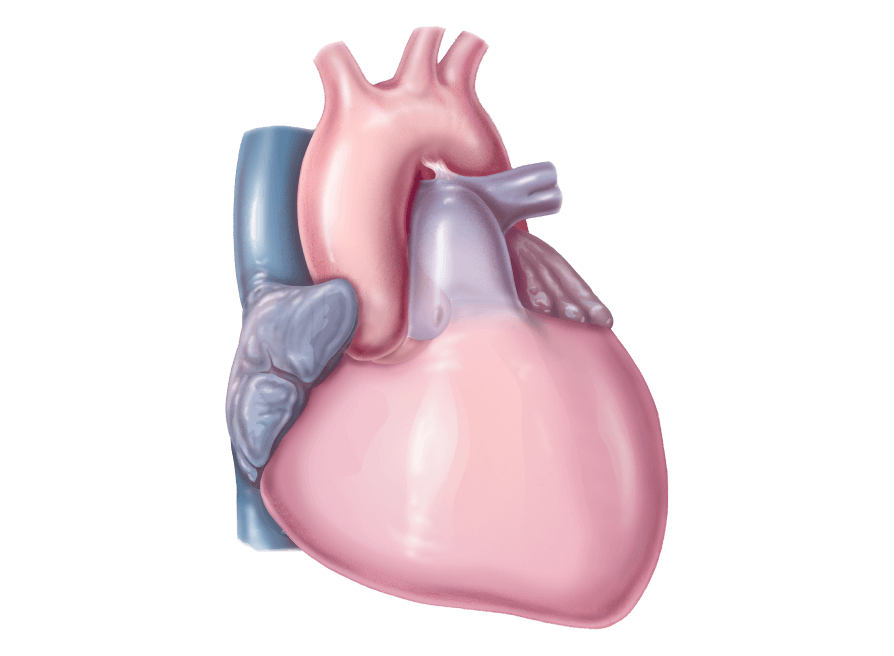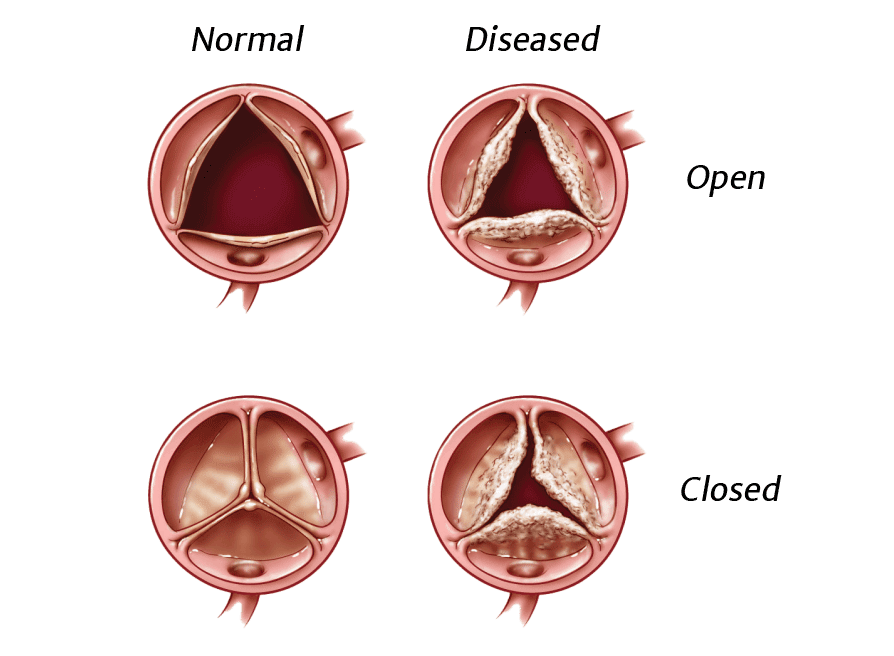
Transcatheter valves
Transcatheter aortic valve replacement (TAVR) is a less invasive approach to aortic valve replacement compared to open-heart surgery.



Beating about 2.5 billion times over an average lifetime, the heart provides blood flow to all the cells, tissues, and organs in your body when it's working properly. Clasp your two hands together and that's about the size of a healthy heart. It's important to maintain a healthy heart to live a healthy life.

A variety of conditions can cause heart valve abnormalities, and there are many ways of determining if you have heart valve disease. Learn what happens with heart valve disease and how it is diagnosed.



Diseased heart valves can be addressed in several ways. If repair or replacement becomes necessary, there are treatment options to consider. A team of medical specialists will be committed to your safety and comfort before, during and after your procedure.